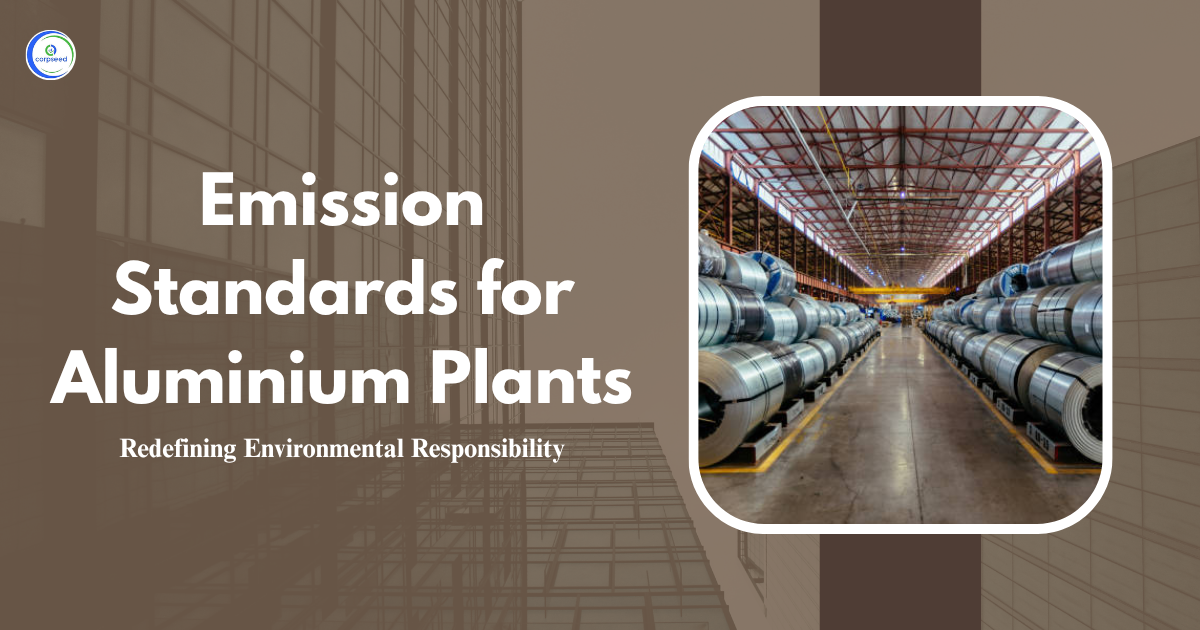The glass industry, is an important part of global manufacturing, significantly affects the environment through its production process. The emissions and waste if generates impacts the quality of both air and water if not managed properly. So, governments around the world have set specific standards to control and regulate these pollutants. These standards are necessary to reduce the environmental impact of glass manufacturing and to safeguard public health.
Table of Contents
Understanding Environmental Pollutants in the Glass Industry
Environmental pollution in the glass industry mainly originates from the combustion process in kilns, raw material handling, and the discharge of effluents. Airborne pollutants, such as particulate matter and lead, are generated during the smelting and refining of raw materials. Additionally, the discharge of wastewater containing harmful chemicals and suspended solids is another concern. These pollutants, if left unchecked, can add to air and water pollution, which is harmful to both human health and the environment. The Central Pollution Control Board (CPCB) has set guidelines and standards to monitor and control these emissions and effluents to minimize environmental impact.
Fugitive Emission Control Measures in the Glass Industry
Fugitive emissions refer to unintentional pollutants released into the environment from industrial processes. In the glass industry, these emissions usually arise from raw material handling, batch manufacturing, and cullet (recycled glass) manufacturing. To control these fugitive emissions, the industry has adopted several key measures:
- Leak-Proof Containers for Raw Materials: Raw materials should be transported in sealed, leak-proof containers to mitigate the discharge of harmful particles during handling. This measure helps ensure a cleaner environment and minimized airborne pollution.
- Dust-Free Cullet Preparation: The preparation of cullet should be dust-free. One actual technique to achieve this is water spraying, which helps bind dust particles and prevents them from evading into the atmosphere.
- Covered Batch Preparation Section: The section where the raw material is mixed and processed must be completely shut down. This will prevent the emission of particulate matter, ensuring that pollutants are contained and do not enter the air.
--------------Blog Contact Form-------------
Emission Standards for Lead Glass
The production of lead glass presents unique environmental challenges due to the use of lead oxide in the manufacturing process. Lead is a toxic substance, and its emissions must be stringently controlled to prevent harmful exposure to both workers and the environment.
- Furnace Emissions for Lead Glass: Lead glass furnaces must fulfill specific emission standards to minimize harmful pollutants:
- Particulate Matter: The permissible limit for particulate matter from lead glass furnaces is 50 mg/NM³ (milligrams per normal cubic meter). Particulate matter can cause respiratory issues and environmental damage, making this standard crucial for worker and community health.
- Lead Emissions: The lead emissions from these furnaces are limited to 20 mg/NM3. Lead exposure can cause severe health complications, including neurological damage, specifically in vulnerable populations such as children.
- Fugitive Emission Control in Lead Glass: To reduce fugitive emissions from lead glass production, areas such as batch mixing and transfer points should be bounded and connected to control systems. This ensures that:
- Particulate Matter: 50 mg/NM3
- Lead Emissions: 20 mg/NM3
- Minimum Stack Height for Lead Glass Units: For additional emission control, the stack height for lead glass furnaces must be at least 30 meters. This height helps ensure that pollutants are released high enough to disperse and dilute, minimizing their concentration in the immediate vicinity and reducing environmental and health risks.
Specific Standards for Pot Furnaces (Firozabad)
In regions like Firozabad, known for its glass manufacturing, pot furnaces are commonly used. These furnaces have specific criteria, especially for particulate matter emissions set at 1200 mg/NM3. Although this limit is higher than that of lead-glass furnaces, it’s vital to note that local environmental conditions can affect these standards. In some cases, the state or central pollution control board may enforce more strict standards to improve air quality.
Effluent Discharge Standards for the Glass Industry
Effluents from the glass manufacturing process are another significant source of environmental pollutants. This liquid waste, if not properly treated, can harm neighbouring water reservoirs and aquatic ecosystems. To control the release of these effluents, the industry must comply with particular standards:
Effluent Parameters and Standards:
| Sr. No. | Parameter | Standards |
| Effluents | ||
| Glass Industries (for all categories) | pH Total Suspended Solids Oil & Grease |
6.5 – 8.5 10 mg/l |
- pH Level: Effluents should have a pH between 6.5 and 8.5, ensuring that the discharge is neither too acidic nor too alkaline, which could harm aquatic life.
- Total Suspended Solids (TSS): The maximum allowed concentration of TSS is 100 mg/l. High levels of TSS can reduce water quality, impacting fish and other aquatic organisms.
- Oil & Grease: Effluents should contain no more than 10 mg/l of oil and grease. These substances can contaminate water and harm aquatic ecosystems.
Also Read: What are the Standards for Emission or Discharge of Environmental Pollutants for Coffee Industry
Why is Monitoring Necessary?
Monitoring is necessary for maintaining compliance with environmental standards and ensuring that emissions and effluents are properly managed. Below are some key reasons why monitoring is necessary:
- Health and Safety: Monitoring helps identify harmful emissions that can impact worker and public health.
- Environmental Protection: Regular monitoring ensures that pollutants do not surpass safe levels and harm environment.
- Regulatory Compliance: It helps manufacturers fulfill national and international standards set by environmental authorities.
- Efficient Waste Management: Monitoring permits early recognition of problems, making timely corrective action in waste and emissions management possible.
- Sustainable Practices: Continuous monitoring supports the transition to more sustainable production processes in the glass industry.
Conclusion
The glass industry has made significant progress in mitigating its environmental impact by adopting emission control measures and fulfilling effluent discharge standards. By implementing best practices and complying with strict regulations, the industry can reduce its impact on air and water quality.
It is important for glass manufacturers to stay abreast of the latest regulations and continuously improve their production processes. Doing so not only ensures compliance with environmental standards but also contributes to a cleaner, healthier planet for future generations. By adopting cleaner technologies and methods, the glass industry can play a vital role in sustainable industrial development.
This portion of the site is for informational purposes only. The content is not legal advice. The statements and opinions are the expression of author, not corpseed, and have not been evaluated by corpseed for accuracy, completeness, or changes in the law.
BOOK A FREE CONSULTATION
Get help from an experienced legal adviser. Schedule your consultation at a time that works for you and it's absolutely FREE.



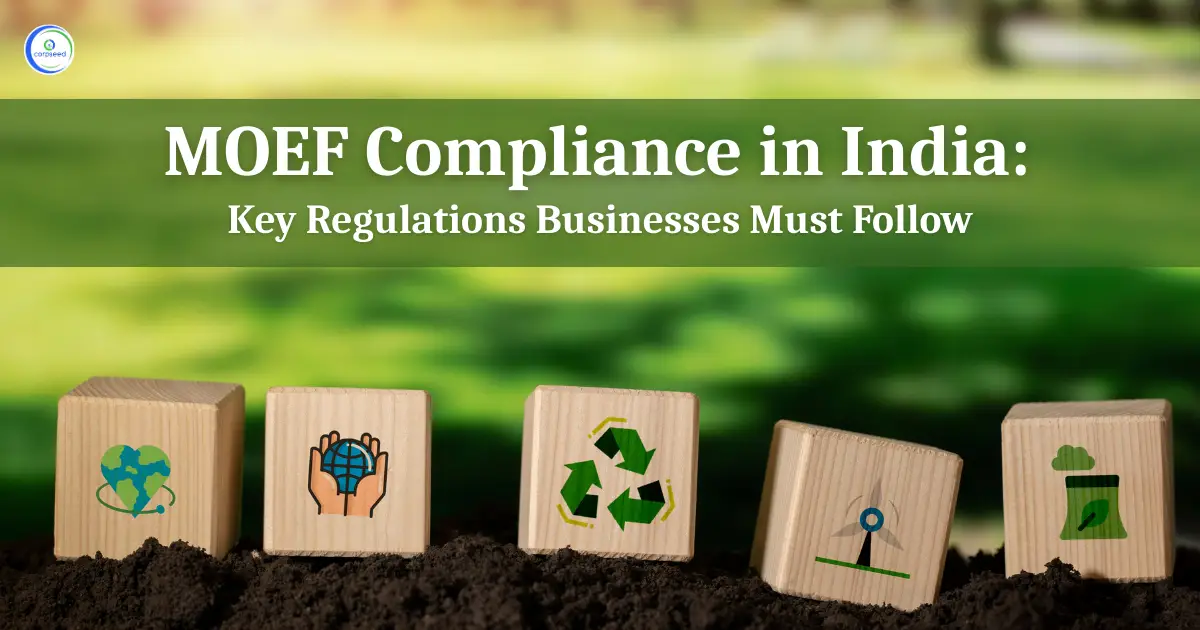
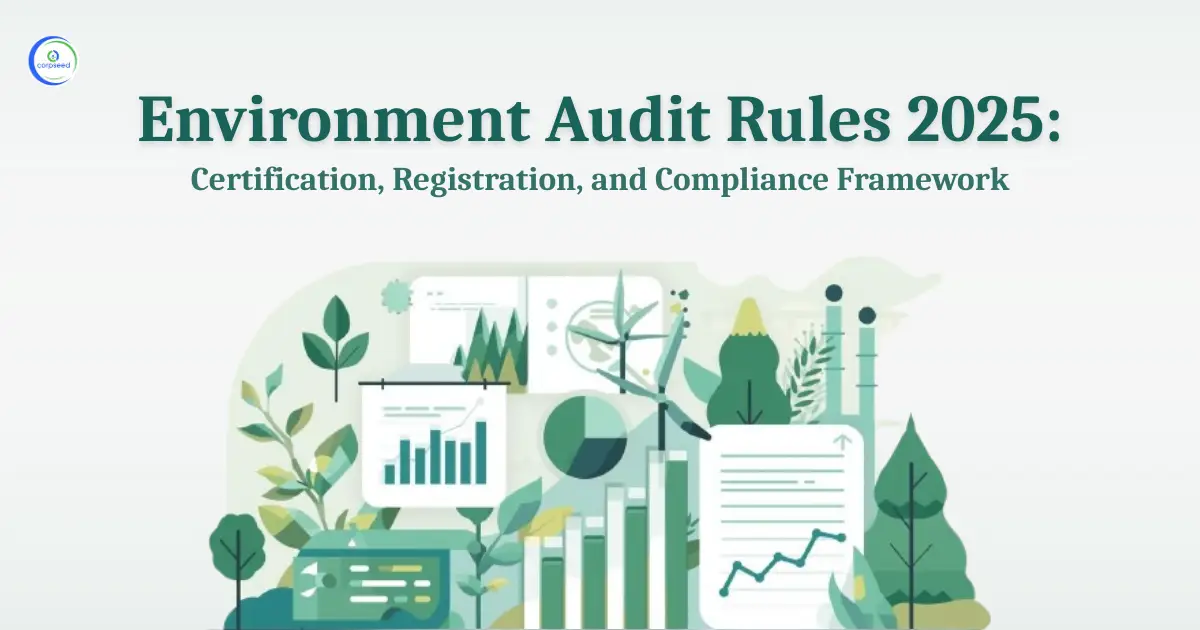
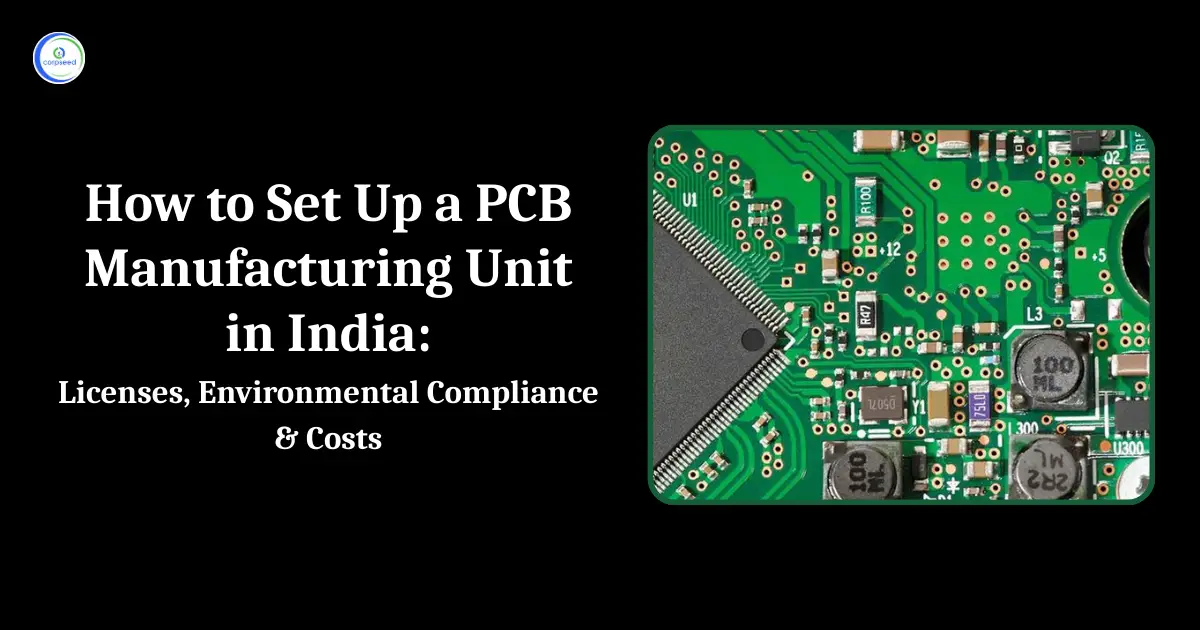
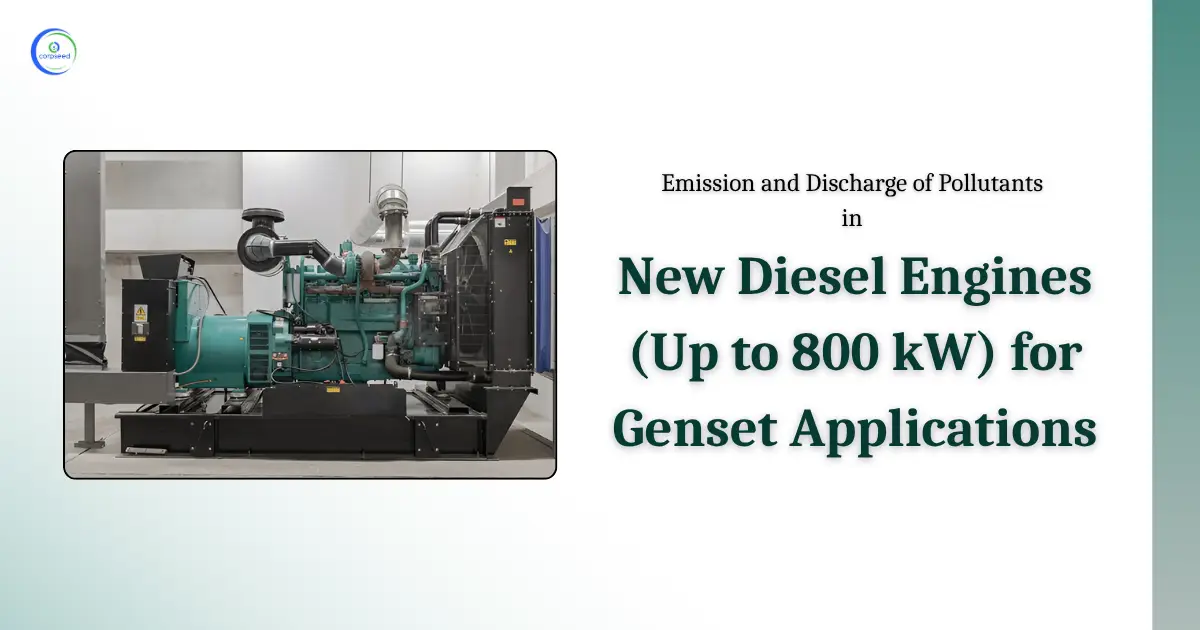
_Corpseed.webp)
.webp)
